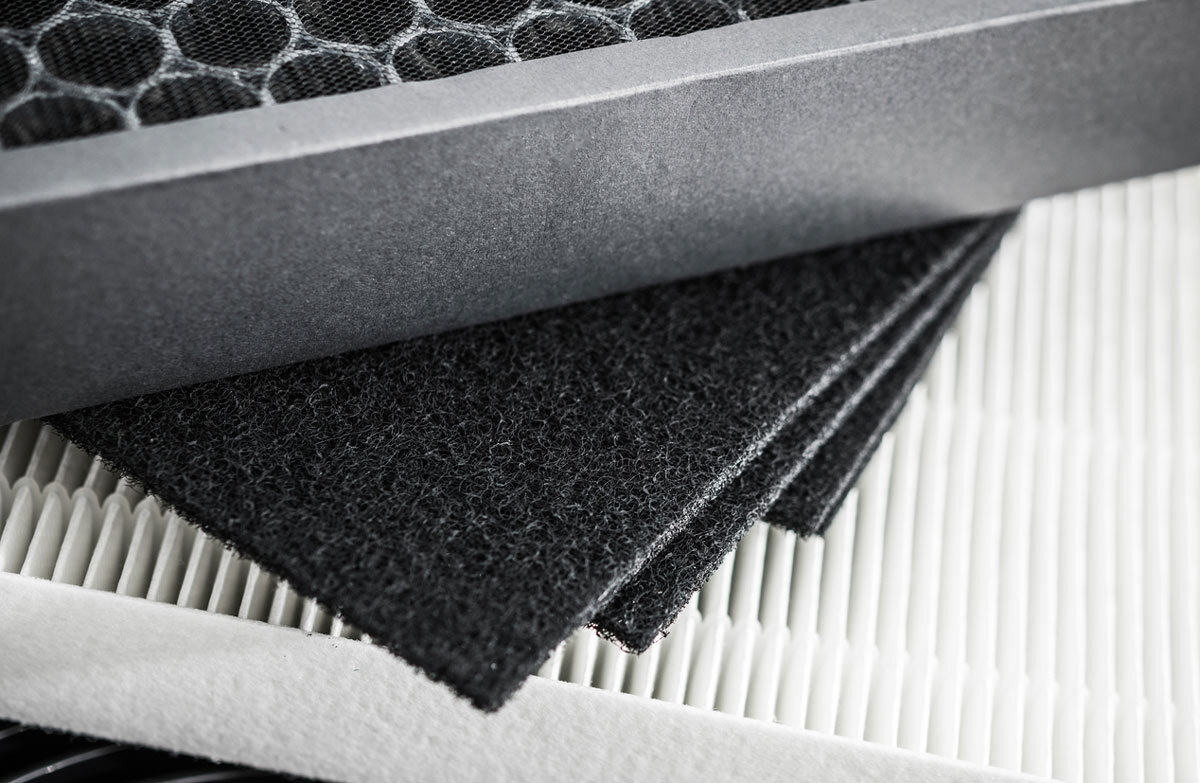Choosing between cellulose and fiberglass insulation remains a hotly debated topic among homeowners, considering that these two are very common and affordable insulation options. Both materials have advantages and limitations, so let's take a look at the main differences to determine which type works best for your home and why. CompositionCellulose is made from shredded recycled paper mixed with chemicals to bind the fibers together and reduce the flammability of the material. Fiberglass, on the other hand, is made from recycled glass and sand.Fire Resistance When exposed to high temperatures, fiberglass will melt but will not catch fire. Cellulose, while made of paper, is treated with fire retardants to prevent combustion. However, these chemicals could leach out over time and decrease the material's ability to resist fire.SettlingFiberglass rolls and batts do not have settling issues. The loose-fill type, however, will settle slightly over time, although the settling is negligible. Cellulose material, on the other hand, can settle by as much as 20 percent, thus affecting the final thickness of the material and requiring an additional layer.Low Temperature PerformanceFiberglass loses heat more quickly than cellulose and often registers a lower R-value in cold weather.MoistureWater is used for installing cellulose insulation, so vapor retarders are added. It has to be completely dry before the wall cavity is closed up. Otherwise, the material will absorb moisture and become susceptible to rotting. Fiberglass does not have this issue.InstallationMost DIY projects involve fiberglass because it is easy to cut and install. It does, however, require careful, meticulous attention to install properly, which takes time. With cellulose, however, the process is quicker provided you have an insulation blower and you are not likely to do a sloppy job.So which type of insulation is right for you? Let our technicians at Air Assurance help you decide. We have been providing top quality products and services to our clients in Broken Arrow for nearly 30 years. We can work with you to identify the best solutions for your needs.Our goal is to help educate our customers in the Tulsa and Broken Arrow, Oklahoma area about energy and home comfort issues (specific to HVAC systems). Image courtesy of Shutterstock



